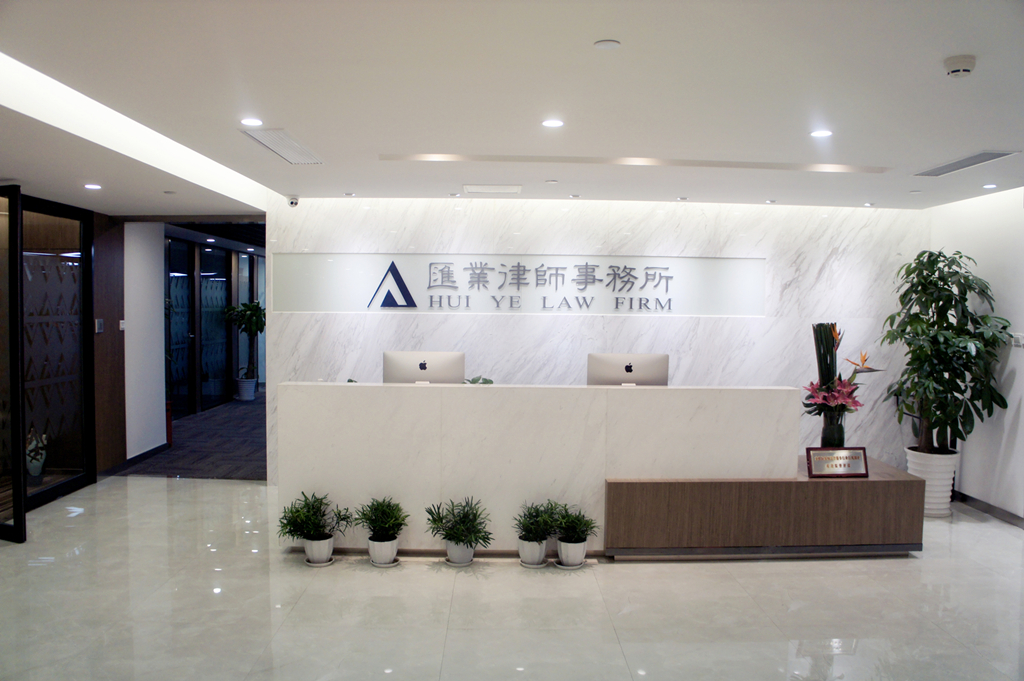2023 years 5 month 18 day, The United States Supreme Court has issued a long-awaited ruling, clarified "Copyright law" An element of the fair use principle. In relation to Andy.Warhol (Andy Warhol) Yes, Prince (Prince) The photos are used for conversion in the case, Supreme Court 7 Vote for 2 Dissenting order, Both Warhol's artwork and the petitioner's photo were used in magazine articles about Prince, The purpose and nature of the two works are the same. therefore, Despite Warhol's transformational use of the original photograph, But his foundation can't use it "Copyright law" The first element of the Fair use principle justifies the commercial use of photographs for derivative works.
Background introduction
Federal copyright law, Courts consider four factors when deciding whether a work constitutes fair use: Purpose and characteristics of use; The nature of the copyright work; As a whole, How many works are used; And the effect on the potential market or value of the copyrighted work. Andy.Warhol Foundation for the Visual Arts v. Goldsmith (Andy Warhol Foundation For Visual Arts v. Goldsmith) The case focuses on the first factor.
The case has generated considerable interest in the industry, That includes organizations like the Screen Actors Guild and the Recording Industry Association of America. The court ruled in favor of Wiley (Wiley) On behalf of U. S. Senator Martha.Blackburn (Marsha Blackburn) The results advocated in the presentation. The senator's brief highlights the history of copyright law and the text and structure of modern copyright law.
What does the Supreme Court decision do
The court concluded, New expressions are related to purpose or characteristic investigation. But that alone is not enough to put the first fair use factor in favor of the alleged infringer. After all, "Overly broad transformational usage concepts... Would reduce the exclusive rights of copyright holders to create derivative works" . therefore, The court left open one possibility, That is, the conversion benefits the later creator. But do it, The conversion must go beyond the requirements of the derivative.
The court did not focus on whether Warhol's art was a new form of expression, Rather point out, Goldsmith's photographs were used for the same commercial purposes as Warhol's art: The art of magazine stories about Prince. The court said, When the work is used for similar purposes, The purpose or use factor is in favor of the original author, Because the new work is likely to be a substitute for the original work.
The court also rejected requests that Warhol's art be given special treatment simply because of his fame, because "The court should not attempt to assess the artistic significance of a work" .
In short, The court noted that, If the original work and the secondary use have the same or highly similar purpose, And the secondary use is commercial in nature, Then the first factor may have an adverse effect on fair use, Unless there's another reason to copy.
What's the impact on creators
The court concluded that, Conversion alone does not constitute fair use of copyright, This will come as no surprise to those who have been following the court's copyright case law. The court has previously interpreted fair use "Open-wire rule" The danger of.
In Andi.The Warhol Foundation case, The court continued this theme, It's important to emphasize the context, Whether new works have different characteristics is a question of degree and balance. Each copyright case should be evaluated on its merits. (Be compiled from www. mondaq. com)
TRANSLATORS: Rason group proofread: Liu Peng
disclaimer: This network reprint or compile the original articles are from the network, Does not represent the views of this website or confirm the authenticity of its content. If the source is mislabeled or the copyright of the article is involved, Please contact us, This website will be corrected in due course, delete, thank you.

Other guidelines for safeguarding rights





